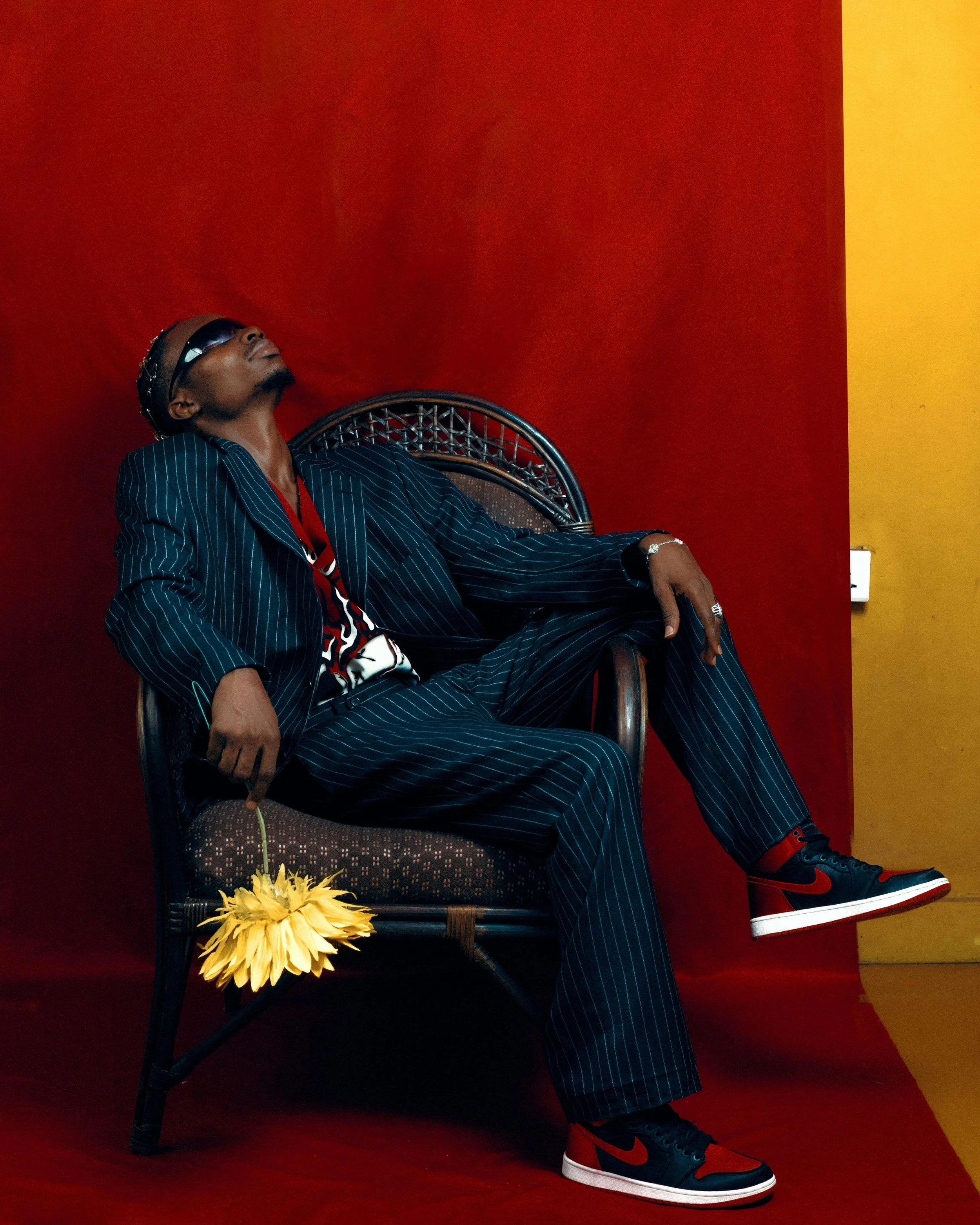The Rise of Anti-Fashion: How Rejecting Trends Became the Biggest Trend
Fashion thrives on reinvention, but what happens when the most rebellious move is to reject the cycle altogether? Enter anti-fashion: a movement built on timeless pieces, individuality, and a defiant rejection of the glossy pages of trend reports. In a world increasingly conscious of overconsumption and homogenized aesthetics, anti-fashion has emerged as both a statement and a solution.
From capsule wardrobes to TikTok creators showcasing vintage and charity shop finds, the anti-fashion movement is rewriting the rules of style—and its impact is hard to ignore. Charity shop hauls, in particular, have become a cornerstone of this shift. For many, the thrill of finding unique, affordable pieces carries a sense of pride. Saying, “I got it second-hand,” when someone admires your outfit highlights a key draw: no one else can copy you. This sense of individuality, combined with the environmental and ethical appeal of shopping second-hand, has added an element of coolness to thrifting. Figures like Iris Law and Bella Hadid have embraced maximalist second-hand styles, mixing fur with bold patterns and clashing textures. Their unapologetically unique looks have inspired the "weird-girl-core" aesthetic, a term referenced in @KAlAGERBER’s viral tweet on X (formerly Twitter).
This cultural shift reflects broader changes in attitudes toward fashion. With Gen Z’s increased focus on activism—particularly around social and environmental issues—younger generations are moving away from rigid style rules of the past. Instead, a more subversive “wear what makes you happy” attitude has taken hold, favoring personal expression over conformity.
Capsule wardrobes exemplify this shift: carefully curated collections that prioritise quality over quantity. These minimalist staples are designed for functionality, adaptability, and personal expression. High fashion has also embraced this push for authenticity. Balenciaga’s provocative "ugly fashion" collections challenge conventional beauty standards, while JW Anderson’s avant-garde designs encourage dialogue and self-reflection. Balenciaga’s SS23 Paris show, held in a post-apocalyptic pit of mud, saw models trudging through a swamp, their decadent garments trailing through dirt. The dramatic presentation underscored the brand’s embrace of anti-fashion principles: challenging norms and provoking thought.
This shift toward intentionality has practical appeal. Building a wardrobe tailored to one’s identity is liberating and sustainable. As Deloitte’s 2023 survey showed, 65% of Gen Z prefer timeless clothing over disposable trends. Anti-fashion is less about rejecting fashion entirely and more about embracing a philosophy of sustainability and individuality.
For years, fast fashion dominated the industry, offering consumers low-cost thrills at significant environmental and ethical costs. Globally, the fashion industry contributes to 10% of carbon emissions and uses vast amounts of water. Brands such as Patagonia and Eileen Fisher are leading the charge against these trends by offering repair programs, second-hand options, and timeless designs, demonstrating that slow fashion is both feasible and impactful.
Documentaries like The True Cost have brought these issues to light, exposing the harsh realities of the fast fashion supply chain. For anti-fashion advocates, wearing clothes with a conscience is more than a trend; it’s a declaration of values.
Social media platforms, particularly TikTok, have amplified the anti-fashion ethos. Hashtags like #AntiFashion and #CapsuleWardrobe boasts billions of views, showcasing thrifted treasures, DIY creations, and unconventional styles. Regional differences also play a role: while Western creators might focus on vintage finds and capsule wardrobes, counterparts in regions like East Asia often emphasise artisanal craftsmanship and heritage textiles. By rejecting hyper-curated influencer styles, platforms like TikTok and Instagram are democratising fashion. Everyone can be a trendsetter—or better yet, a trend rejector.
Brands have taken note of this movement. Capsule collections from labels like COS and Uniqlo emphasize versatility and quality, while luxury houses like Gucci offer customisation services, such as Gucci DIY. Deconstructed aesthetics are also gaining traction, with designers like Helen Kirkum creating bespoke sneakers from upcycled materials. Rental platforms like Rent the Runway are further disrupting the traditional model, proving that ownership isn’t necessary to enjoy luxury.
Anti-fashion’s subversion of mainstream ideals positions it as more than a passing trend. By emphasising authenticity and sustainability, it recalibrates an industry long associated with waste and conformity. As anti-fashion continues to influence wardrobes and mindsets worldwide, its impact feels not just inevitable but essential. Could this shift mark the end of fashion as we know it? Perhaps the future of the industry will be defined not by trends but by timeless, intentional design.
Written by Lola Carron a GLITCH Contributor





